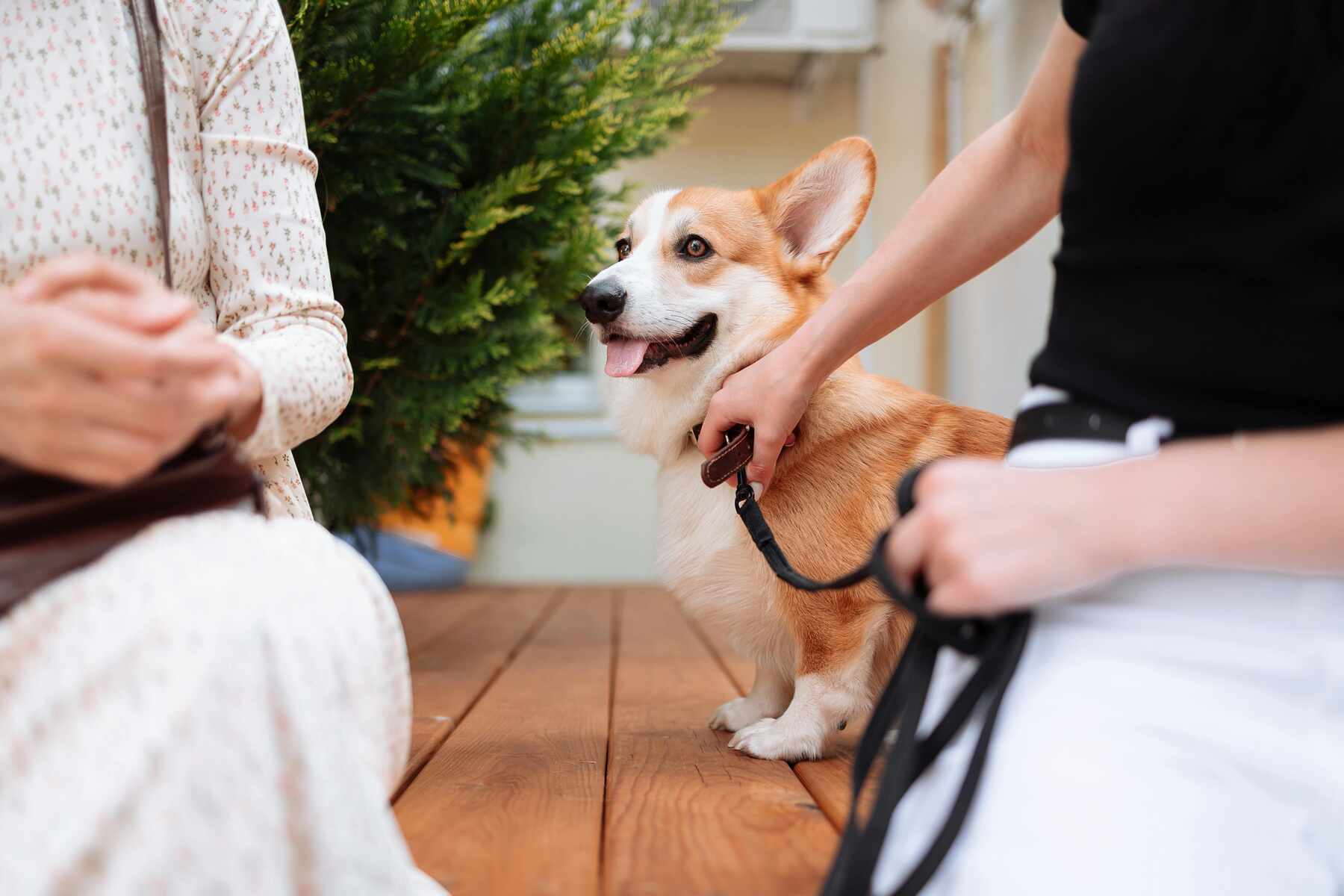Dogs are naturally curious and social, which can make them vulnerable to strangers with bad intentions. Teaching your dog about stranger danger is about creating safe habits, not fear. With consistent training and practical precautions, you can protect your companion while allowing them to enjoy walks, playtime, and social interactions.
Secure Boundaries and Supervision
Start by securing your dog’s environment. A sturdy fence, locked gates, and leash control prevent unexpected escapes. Always supervise your dog in public areas, especially near unfamiliar people or other dogs. Opportunistic abductions often happen quickly and quietly, so vigilance is essential.
Controlled Exposure to Strangers
Introduce new people gradually in a safe, controlled way. Ask visitors to ignore the dog until it is calm, and reward relaxed behaviour. Positive, brief interactions help your dog pause and assess strangers, reducing the risk of being lured away while maintaining confidence in social situations.
Teaching Dogs to Resist Following Strangers
Beyond recall commands, your dog must learn self-control around unknown people. Practice scenarios where a friend approaches while your dog is leashed. If the dog moves forward, guide it back gently and reinforce “leave it” or “stay.” Gradually increase distance and distractions, rewarding hesitation and calm responses. This trains your dog to resist impulses, even when a stranger seems interesting, giving you time to intervene before danger arises.
Reading Canine Body Language
Understanding subtle cues is vital. A dog that stiffens, freezes, or focuses intently may be assessing risk. Early recognition lets you redirect safely and reinforces good habits. Over time, your dog learns to pause and evaluate before approaching, enhancing Stranger Danger skills in real-world situations.
Consistent Reinforcement and Community Awareness
Training is ongoing. Rotate environments, practice exercises regularly, and reward safe behavior. Community awareness helps too—teach children not to approach unfamiliar dogs, supervise strangers offering treats, and remind neighbors about safe interactions. Combining vigilance, repeated practice, and environmental awareness ensures your dog remains protected from abduction or luring attempts.
Final Thoughts on Stranger Danger for Dogs
Stranger danger for dogs emphasizes prevention through awareness, training, and clear guidance. By teaching your dog to pause, hesitate, and obey in the presence of strangers, you keep them safe without compromising curiosity or playfulness.

